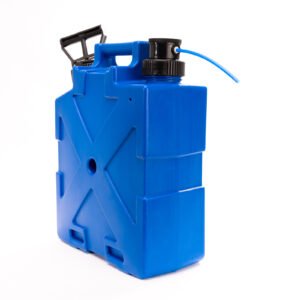Drinking Water Standards
Unfortunately, there isn’t an international set of drinking water standards that governments and water suppliers have to abide by. In fact, many countries don’t even have a legally enforceable set of drinking water standards. Instead, governments opt for a set of recommendations by which they would like water suppliers to comply with. Different countries allow different levels of contaminants in the water.
One cannot rely on a particular area’s drinking water standards to ensure safe drinking. Although drinking water standards can’t offer you specific security about what is in the water, they can offer a guideline.
Did you know their is about 1,500 km3 wastewater annually that is six times more
than the total water of all the rivers in the world

A Maze of Laws and Guidelines with Few Legally Enforceable Requirements
In the United States, the federal law regarding drinking water standards is the Safe Drinking Water Act (SDWA). The SDWA follows guidelines set by the Environmental Protection Agency (EPA) and relies on individual water suppliers to enforce these guidelines.
According to the SDWA, the EPA must create National Primary Drinking Water Regulations (NPDWRs) for all contaminants that are likely to have adverse effects on human health. These regulations consist of Maximum Contaminant Levels, which regulate how much of any particular contaminant can be present in the water supply at any one time, and Maximum Contaminant Level Goals, which aren’t legally enforceable but provide an indication of the level of contamination the EPA aims to have.
Although the SDWA covers all the public water systems, there are no drinking water standards for bottled water or private wells.
However, it gets even more complicated. The SDWA provides a blanket federal law, but then each State applies its drinking water standards with varying stringency.
Europe has a different set of rules. The European Union (EU) has set up a Drinking Water Directive (DWD), which supplies a blanket set drinking water standards for all Member States. The aims of these drinking water standards are to create a widespread law that offers peace of mind that drinking water from the tap will be clean and safe to drink.
In practice, the EU’s drinking water standards are not as strict as they could be. However, all Member States must commit to regular testing for 48 different microbiological, chemical and organoleptic substances, and must fall within the DWD’s acceptable parameters.
Final Say
For information about the legal level of specific contaminants in the EU, visit http://www.lenntech.com/who-eu-water-standards.htm.



